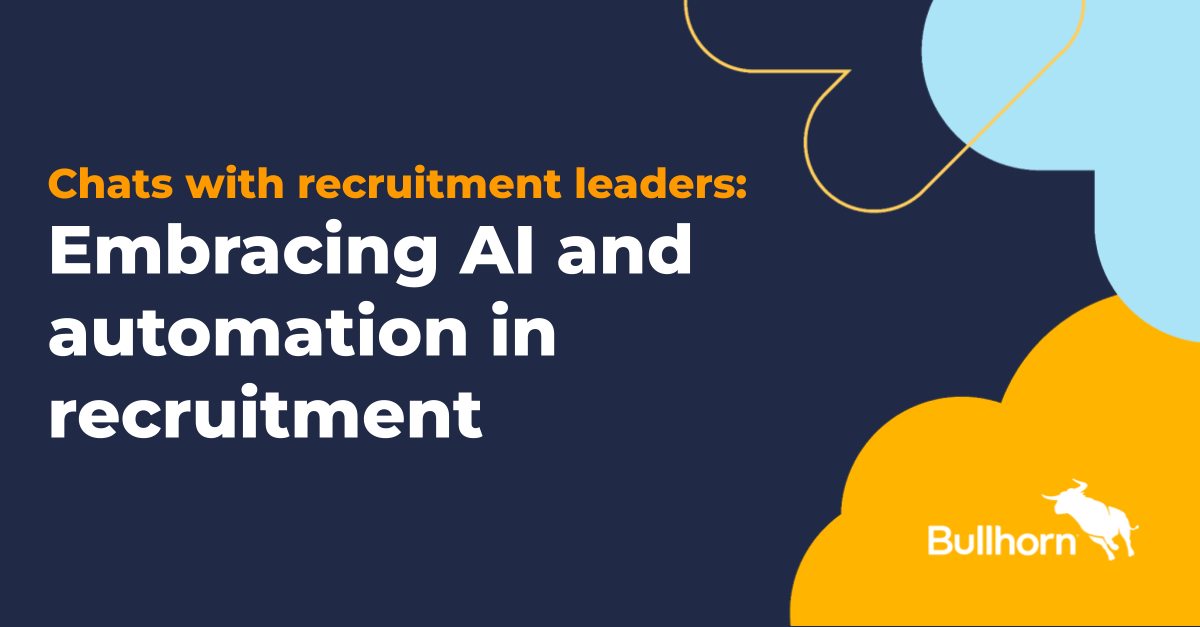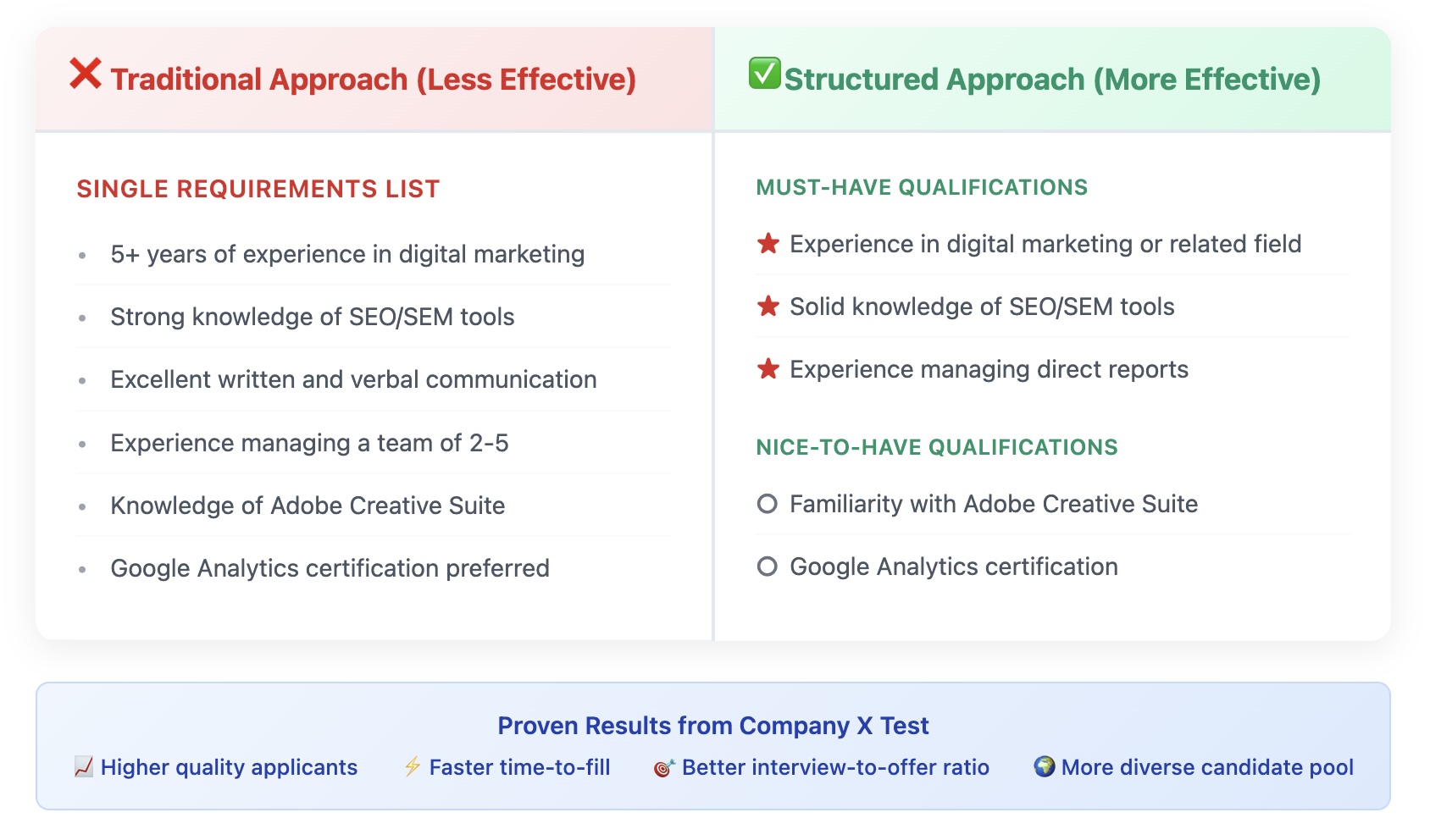
This blog series is inspired by an insightful roundtable discussion held with recruitment leaders at a recent lunch event, where we delved into the challenges and opportunities shaping the recruitment industry today.
What’s happening today:
AI and automation are no longer just buzzwords in recruitment—they’re here, and they’re changing the way recruitment businesses operate. From automating email outreach to CV matching, AI-driven tools can dramatically reduce the time spent on repetitive tasks. These technologies help streamline processes, improve efficiency, and increase productivity.
But here’s the challenge: despite the clear benefits, many recruitment businesses are still struggling to fully embrace AI and automation. Why? Because without a clear strategy, automation tools can become fragmented and underutilised. When different people in the company are using different tools without coordination, you end up with a disjointed system, and that can lead to inefficiencies and wasted spend. Additionally, without educating your team on how to use these tools effectively, you risk underutilising the technology you’ve invested in.
How leaders can prepare for tomorrow:
To make the most of AI and automation, recruitment leaders must approach these tools with a clear strategy in mind. The first step is process standardisation. Whether you’re automating candidate sourcing, interview scheduling, or client communications, it’s important to map out your recruitment workflows and identify where automation can make the biggest impact. Standardising these processes allows you to leverage AI tools that can truly enhance efficiency across your business.
[Access the Automation use case library]
Next, focus on educating your team. AI and automation can’t succeed in isolation—they require active participation from your staff. Training and ongoing education are crucial for ensuring that the tools you invest in are used effectively. Invest in regular workshops or training sessions to ensure your team understands how to use these tools and how they can add value to their day-to-day tasks.
Another important consideration is change management. Implementing new technology is only successful if your team is on board and willing to adapt. This means fostering a culture of openness and continuous learning. When automation tools are rolled out, ensure that your team understands the “why” behind these tools. Show them how automation can free up time for more strategic activities, such as client relationship management and business development, rather than simply making their jobs easier.
What’s next:
Looking to the future, AI and automation will continue to play a central role in recruitment. However, leaders must be strategic in their adoption of these technologies. Focus on incremental improvements, starting with automating simple tasks and gradually expanding to more complex functions. Don’t try to automate everything all at once—take a phased approach, evaluate the results, and make adjustments as necessary.
The next frontier of AI in recruitment is the hybrid model. While AI will automate routine tasks, human expertise will still be required for more nuanced aspects of recruitment, such as candidate engagement and relationship building. The key to success will be integrating AI into a human-driven process, where both can complement each other to drive better outcomes.









